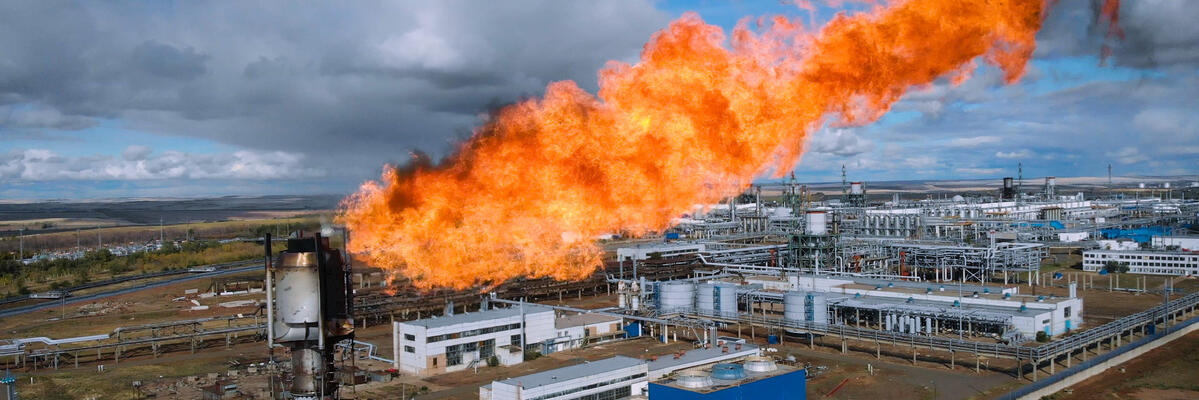In January 2021, the Coalition to Prevent Chemical Disasters began tracking systematically hazardous chemical incidents from news reports. This project was undertaken in order to document the alarming frequency of hazardous chemical incidents in the United States, and to motivate federal agencies to adopt stronger regulations to prevent chemical disasters and protect workers and communities
The incidents tracked on both the map and incident list are curated from daily media reports, and are then further investigated for more details by staff members of Material Research, an L3C company. Verónica Odriozola, Jim Vallette and Connie Murtagh contributed to the media monitoring, location data, and other analysis found in this report. Key findings analysis, and additional analysis of incident data to improve search functionality was provided by Deidre Nelms and Eliana Bernat at Coming Clean.
Hazardous chemical incidents are here taken to include releases of toxic or flammable chemicals, as well as fires and explosions involving hazardous chemicals and/or materials, in their transportation, storage, use, manufacture and disposal.
All chemical incidents included in the Chemical Incident Tracker include an original link where the incident was reported in local and national news, or trade publications. In some cases, however, these articles can no longer be found online. Because not all chemical incidents are reported on by local and trade media, the total number of chemical incidents reflected on the Chemical Incident Tracker and map should be interpreted as a conservative calculation of the true number of incidents that have occurred in the United States since January 1, 2021.
When a hurricane or power outage affects multiple facilities that use or store hazardous chemicals in a region, this event is counted as a single incident unless media or government reports identify specific facilities where incidents took place.
Database users are encouraged to use the keyword search function to generate downloadable lists of incidents involving specific chemicals (e.g. “ammonia” or “chlorine”), but users should bear in mind that not all media reports always identify specific chemicals released or involved in an incident.
The map does not include incidents where the precise locations can not be identified with the available information at the time of the incident.
Additional Data
The U.S. Environmental Protection Agency tracks chemical accidents that are reported by facilities covered by the Risk Management Program (RMP), but only provides accident data periodically. Incidents that have been reported to the EPA by RMP-covered facilities between 2004-2020 can be found in Appendix A; Technical Background Document for Notice of Proposed Rulemaking: Risk Management Programs Under the Clean Air Act, Section 112(r)(7) Safer Communities by Chemical Accident Prevention . It is likely that future data released by the EPA will include chemical incidents that were not reported on in the news, and therefore do not currently appear in the Chemical Incident Tracker.
Chemical spills that pose public health threats are also tracked by the National Response Center. The NRC’s database likely includes incidents that did not appear in news reports in the period 2021-2023, and therefore don’t appear in the Chemical Incident Tracker.
The U.S. Department of Transportation’s Pipelines and Hazardous Material Safety Administration also tracks chemical incidents that occur on the nation’s railroads and highways. By comparison, the Chemical Incident Tracker only includes rail and road incidents that appeared in news reports, and that triggered an evacuation, shelter-in-place advisory, road closure, and/or caused injuries or deaths.
The vast majority of pesticide exposure incidents that happen each year are not reported in the media, and therefore do not appear in the Chemical Incident Tracker. The Center for Disease Control and Prevention’s Tracking Network publishes pesticide exposure data in partnership with the American Association of Poison Control Centers.

